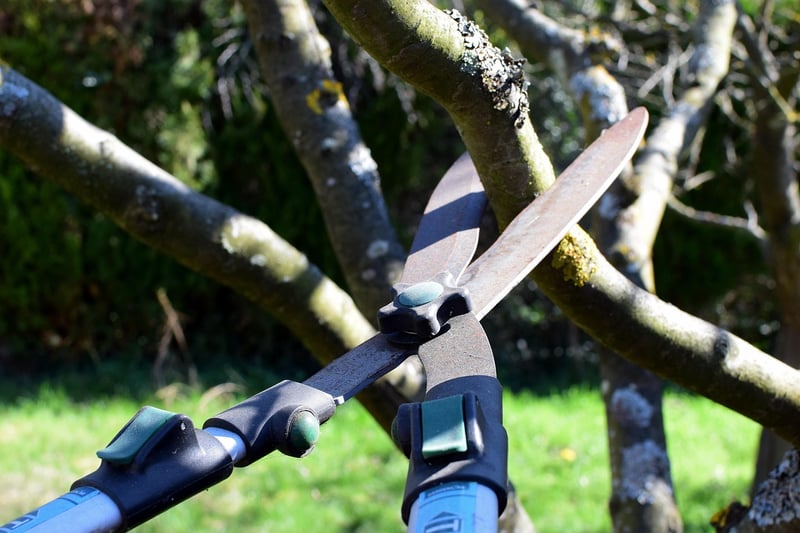Pruning Techniques

Essential Care Guidelines for Vertical Gardens + Pruning Techniques
Introduction
Vertical gardens are a great way to bring greenery into small spaces and add a touch of nature to urban environments. However, maintaining a vertical garden requires proper care and attention to ensure the health and longevity of your plants. In this article, we will discuss essential care guidelines for vertical gardens and pruning techniques to help you keep your vertical garden thriving.
Care Guidelines for Vertical Gardens
Vertical gardens have specific care requirements compared to traditional gardens due to their vertical orientation. Here are some essential care guidelines to keep in mind:
- Watering: Ensure your vertical garden receives adequate water. Water the plants regularly, especially during hot weather, to prevent them from drying out.
- Light: Place your vertical garden in a location that receives sufficient sunlight for the plants to thrive. Monitor the sun exposure and adjust the positioning if needed.
- Fertilizing: Use a balanced fertilizer to nourish your plants and promote healthy growth. Follow the instructions on the fertilizer packaging for the correct application.
- Weeding: Regularly inspect your vertical garden for weeds and remove them promptly to prevent competition for nutrients and space.
- Pest Control: Monitor your plants for signs of pests and take appropriate measures to control infestations. Consider using organic pest control methods to protect your plants and the environment.
Pruning Techniques
Pruning is an essential practice to maintain the health and appearance of your vertical garden. Here are some pruning techniques to help you keep your plants in top condition:
- Deadheading: Remove dead or wilted flowers regularly to encourage new growth and prolong blooming periods.
- Thinning: Thin out overcrowded areas in your vertical garden to improve air circulation and prevent disease spread among plants.
- Shaping: Prune your plants to maintain a desired shape or size, promoting a neat and well-groomed appearance.
- Training: Train climbing plants to grow in the desired direction by guiding their growth with supports or trellises.
Conclusion
By following these essential care guidelines for vertical gardens and practicing proper pruning techniques, you can create a lush and healthy vertical garden that enhances your living space. Remember to regularly assess the needs of your plants and provide them with the care they require to thrive. With proper care and attention, your vertical garden will be a beautiful and vibrant addition to your home or office.
Images source: Pixabay